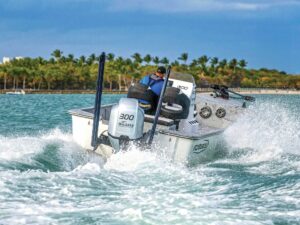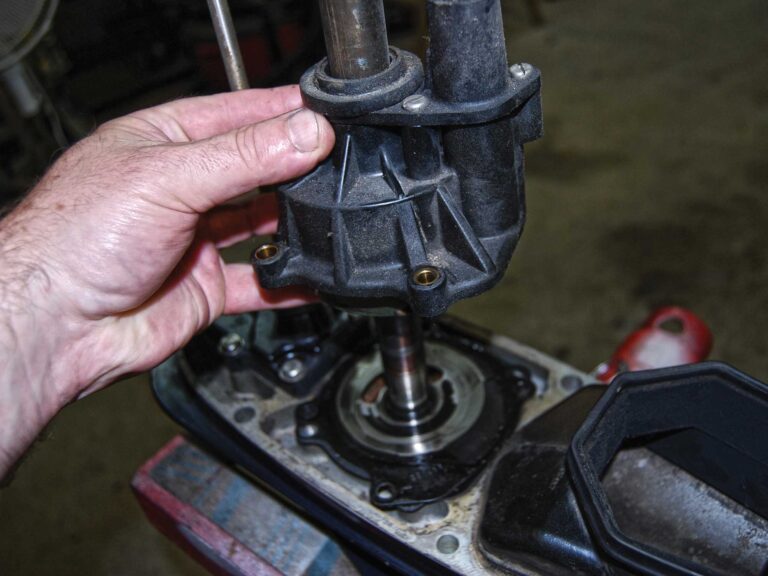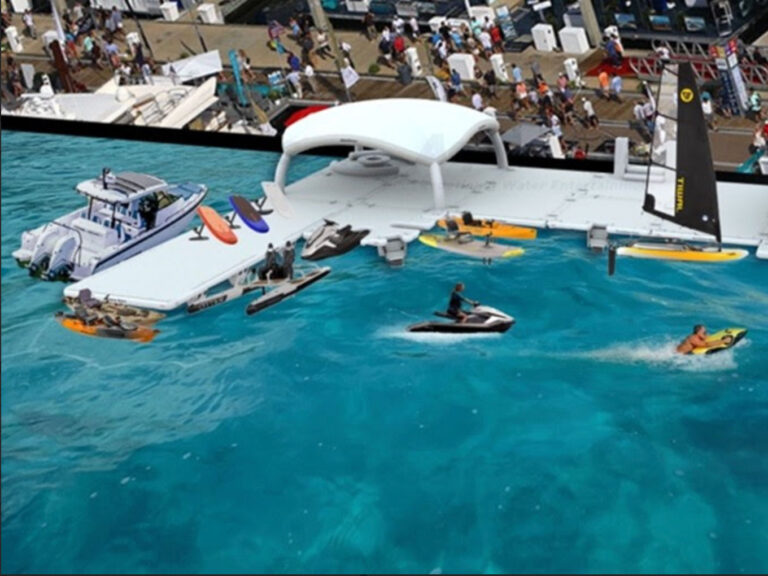
Like so many specialized boating techniques, the use of an anchor ball won’t apply to all boaters. In fact, it won’t apply to most boaters. But if you’re tired of pulling up the anchor by hand, just don’t want a windlass, anchor in water too deep for the amount of rode your anchor locker can hold, or simply want to learn a technique for helping to retrieve an anchor that’s snagged, check out this brief outline describing how to use an anchor ball.
The Principle
If one were to tie a line to a weight, toss the line over a tree branch, and then walk away while holding the line, the weight would rise, right? In using an anchor ball, the buoyancy of the float—it’s most often a polyball, but I’ve also seen large “tab end” style cylindrical fenders used—serves as the tree branch.
Read Next: Must-Know Anchoring Tips
The Parts
You’ll need an anchor-ball ring, which is a 5-inch- diameter stainless-steel ring with an opening in its edge. You’ll also need a large carabiner snap to which a 6-foot length of line is tied. The other end of the line is tied to the ball. You’ll need a ball with sufficient buoyancy to float the weight of your anchor and most of its rode. A 12-inch round ball provides 35 pounds of buoyancy, and a 15-inch ball provides 65 pounds of buoyancy, and these are the most common sizes.
- With the anchor line firmly cleated on the bow, clip the ring over the anchor line and snap on the carabiner to capture the line within the ring. Then throw the ball overboard.
- Motor forward toward the anchor at enough of an angle so that you do not run over the rode. As you come up over the anchor, you can have a crewmember move the rode from the front cleat to a cleat astern, but this is not necessary. The rode will now be running from the bow alongside and astern of the boat.
- Keep running forward. The anchor ball will be forced all the way down the rode to the crown of the anchor, where it lifts the anchor out by its head (which is how this rig can help with a stuck anchor). In practice, the anchor often pops loose before the ball travels all the way down the rode.
- When you see the ball resurface, with the anchor hanging in the ring, stop the boat, turn toward the anchor and haul it in, bumping in and out of gear to ease the anchor handler’s job. Of course, the anchor is floating, so hauling it in is “weigh” easier than pulling it all the way up from the bottom.









